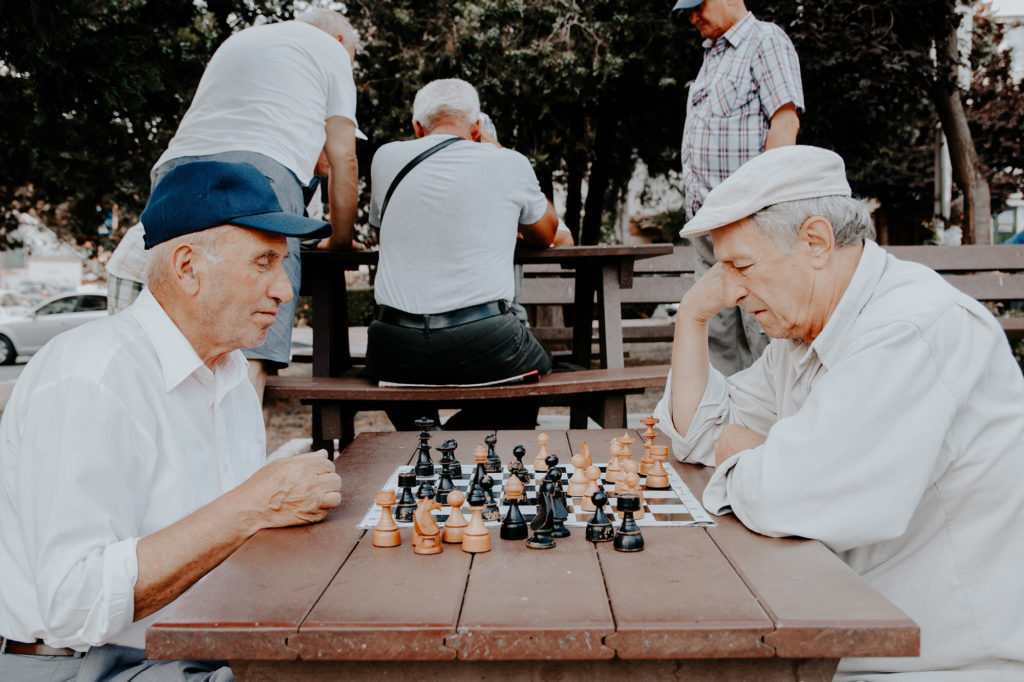
Session host
- Colm O’Brien, Holt O’Brien architecture studio
- Betina Haraldsen, BOGL landscape studio
About the session
15 % of the population of Norway is over 65, this is a large group which will only increase in size over the coming decades. It is one of the largest demographic shifts facing our society and as a result, our cities. The corona crisis has laid bare how badly we as a society are prepared to take care of this vulnerable group. We believe a more nuanced and resilient approach for how to design for an ageing population is needed to guarantee their inclusion, and now more than ever, their safety in cities.
The elderly is the age group most affected by the recent crisis. The average age of mortality due to Covid 19 in Norway is 82. People over the age of 70 were told to self-quarantine or cocoon, often in neighborhoods where they had no social structure in place to provide them with their basic needs.
How do we design cities to properly cater for the elderly? The consensus in urban planning in Norway before this crisis was inclusion. Housing for elderly should be a regular and integrated part of the built environment. Also care homes should be located in centres and if possible, connected to other civic functions, for example kindergartens. This is to create more diverse communities and contact between generations.
Concurrently there has been a movement, predominantly in the US, in designing age-restricted communities. These are fully self-sustaining communities of people over an accepted age, usually 55. They are often placed on the peripheries of cities. All public functions are for residents only and people under 55, even family members, can only visit for a set number of days a year. Most businesses and social functions are run and operated by the residents themselves. In addition, dealing with elderly people who are housebound is a common part of life there so systems for delivering food groceries etc. are well developed. These types of communities have grown incredibly popular over the past decade as the
boomer generation enters their senior years.
What we need to ask ourselves now in the light of the current corona crisis is how can we design cities to be more resilient to the effects of pandemics on the elderly. Are age restricted communities actually more resilient and safe because they have already have systems in place separating them from their surroundings? What can we learn from these two opposing theories and how can we design cities to better protect the elderly while still having every age group represented equally in the city? What can architecture or urban planning offer to solve this challenge? This session welcomes contributions that broadly connects to such questions.